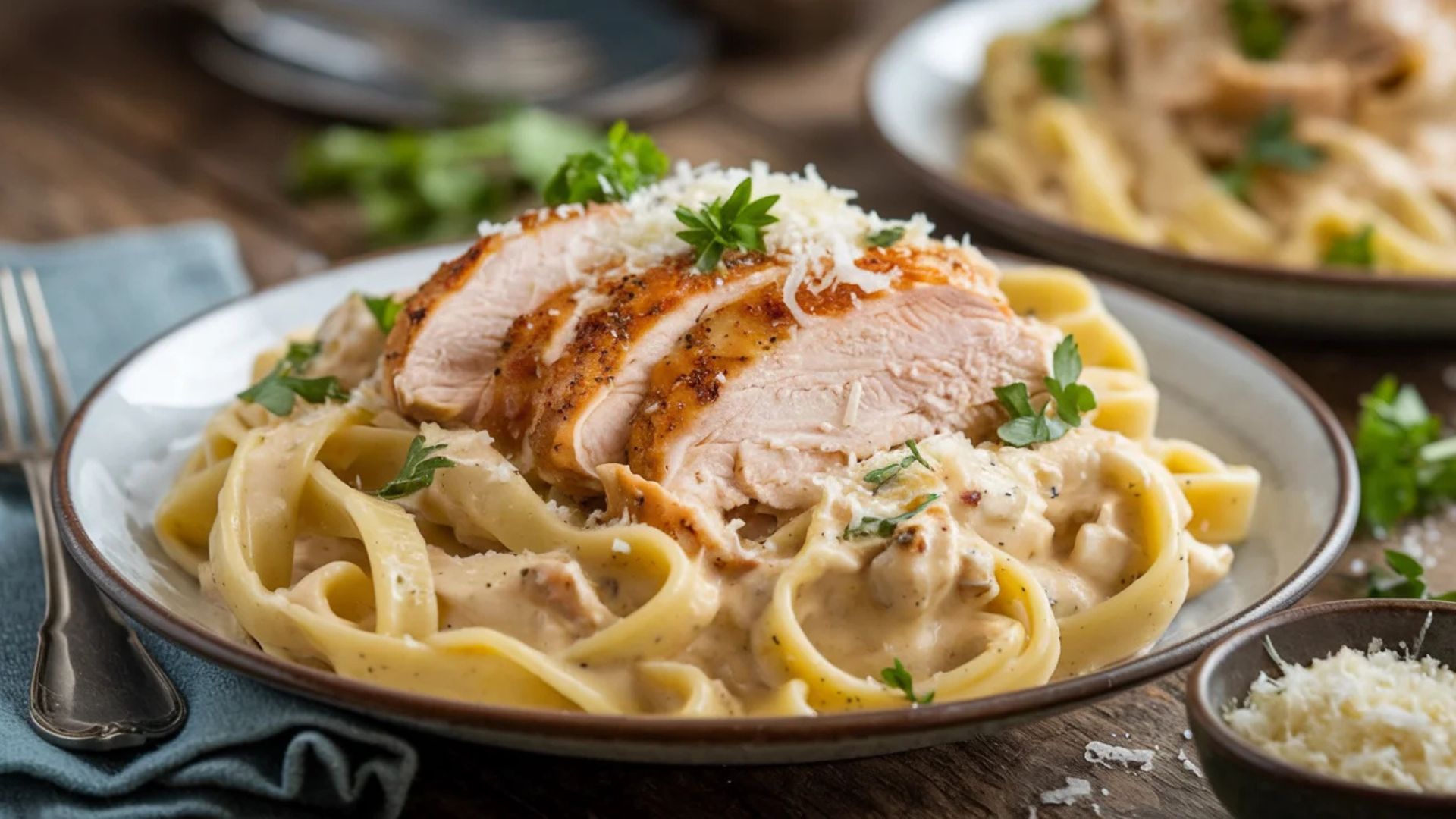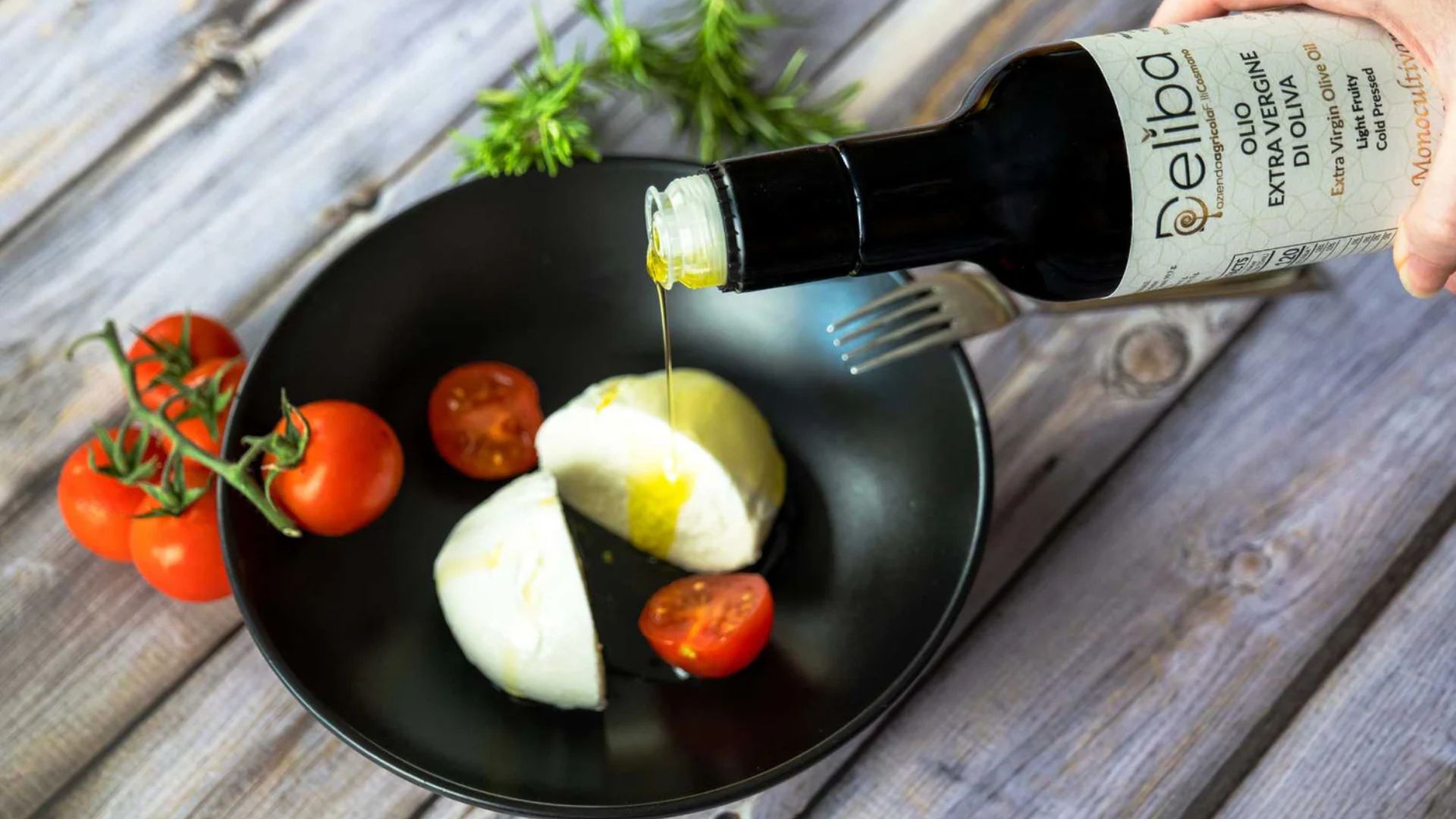Creating restaurant-quality pasta at home is easier than you think. With the right techniques, fresh ingredients, and a bit of practice, you can turn your kitchen into a five-star Italian trattoria. Here’s how to make pasta that tastes as if it came straight from a professional chef.

Choose the Right Pasta
Your pasta base is key to a great dish. Opt for high-quality, dried pasta made from 100% durum wheat semolina for a firm texture. If you’re feeling adventurous, try making fresh pasta at home using flour, eggs, and a pasta machine for that authentic, handmade touch.
Perfect Your Cooking Technique
- Boil in Abundant Water: Use plenty of water—at least 4-6 quarts per pound of pasta. This prevents sticking and allows the pasta to cook evenly.
- Generously Salt the Water: Add about 1-2 tablespoons of salt to the water once it boils. It enhances the pasta’s flavor, just like seasoning a dish.
- Cook Al Dente: Follow the package instructions but taste the pasta a minute or two before the recommended time. Al dente pasta should be firm to the bite, not mushy.
Don’t Forget to Save Pasta Water
Before draining your pasta, reserve a cup of the starchy cooking water. This liquid is perfect for binding sauces and creating that silky, restaurant-like finish.
Use Fresh, High-Quality Ingredients
When it comes to sauces, simple and fresh ingredients make all the difference. Choose ripe tomatoes, fresh basil, good-quality olive oil, and freshly grated Parmesan or Pecorino cheese. Avoid pre-shredded cheese, as it doesn’t melt as well.
Master Essential Sauces
- Marinara Sauce: A simple blend of crushed tomatoes, garlic, olive oil, and basil. Let it simmer to deepen the flavor.
- Alfredo Sauce: Combine butter, heavy cream, and Parmesan cheese for a rich and creamy sauce.
- Pesto: Blend fresh basil, pine nuts, Parmesan, garlic, and olive oil for a vibrant, herbaceous sauce.
- Carbonara: Toss hot pasta with beaten eggs, Pecorino Romano, black pepper, and crispy pancetta for a creamy, savory dish.
Combine Pasta and Sauce Like a Pro
- Drain the pasta slightly early and finish cooking it in the sauce. This helps the flavors meld and the pasta absorb the sauce.
- Use the reserved pasta water to adjust the sauce consistency. Add a splash at a time until it coats the pasta perfectly.
- Toss the pasta and sauce together over low heat for about 1-2 minutes to ensure an even coating.
Plate Like a Chef
Presentation is key to a restaurant-quality experience. Use tongs to twirl the pasta into neat nests on each plate. Garnish with fresh herbs, a drizzle of olive oil, or a sprinkle of cheese.
Pair with the Perfect Sides
- Serve your pasta with crusty garlic bread or a fresh green salad for a complete meal.
- For an authentic Italian touch, offer a glass of wine that complements the dish, such as Chianti for red sauces or Pinot Grigio for creamy or seafood-based pastas.
Conclusion
Making restaurant-quality pasta at home is all about using fresh ingredients, mastering a few techniques, and paying attention to detail. With practice, you’ll be able to create dishes that rival those of your favorite Italian restaurant. Experiment with sauces, pairings, and garnishes to make each dish uniquely yours.




